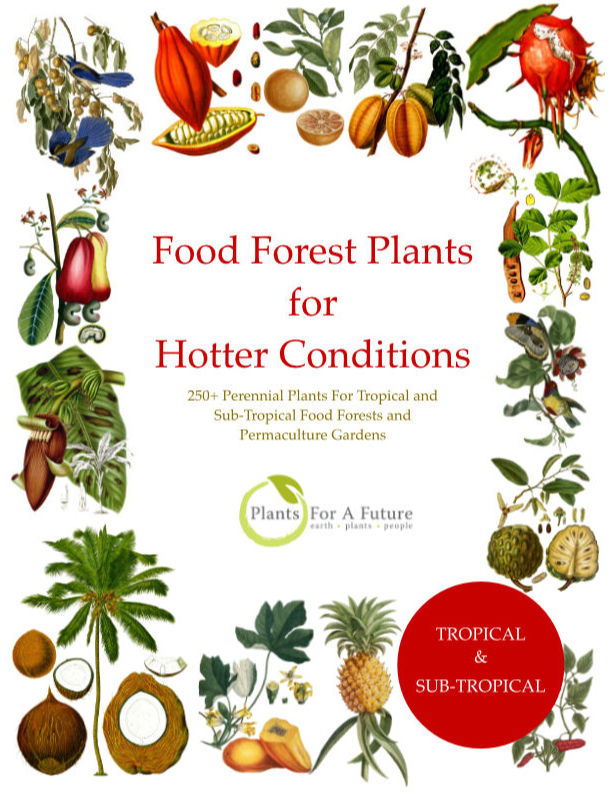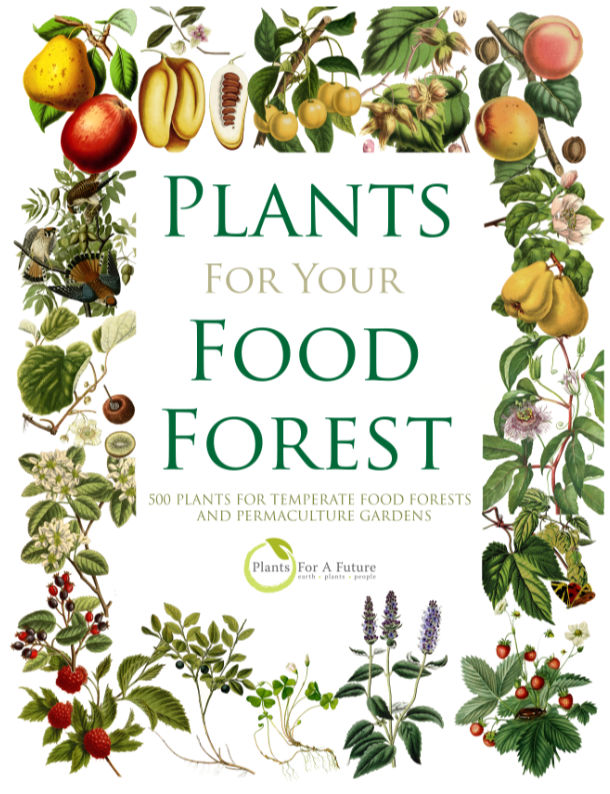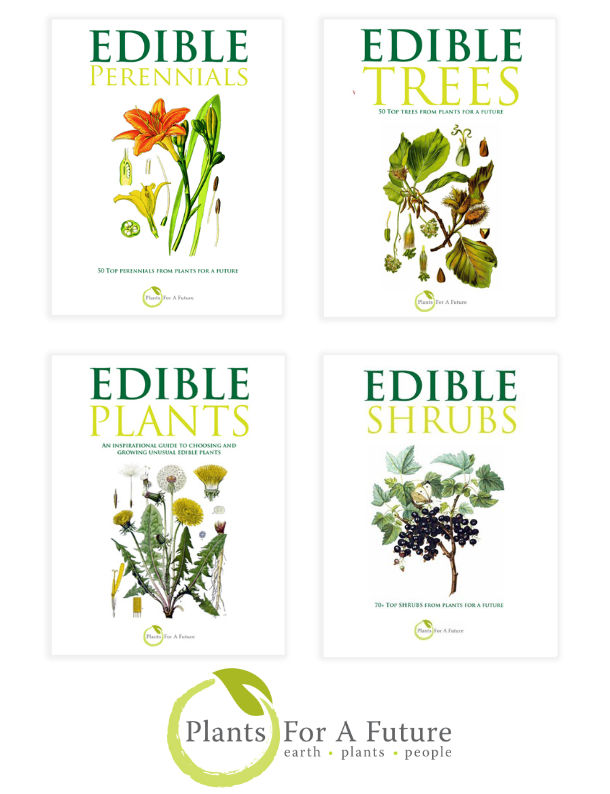Translate this page:
Summary
River Hemp (S. cannabina) is found in semi-arid regions of India, Australia, and China; it tolerates low rainfall and grows well in sandy and saline soils. Often used in agroforestry, erosion control, and soil stabilisation. Its fibres are used for rope and paper production, and its rapid growth makes it valuable as green manure or animal fodder.
Physical Characteristics

 Sesbania cannabina is an evergreen Annual/Perennial growing to 3 m (9ft) by 3 m (9ft) at a fast rate.
Sesbania cannabina is an evergreen Annual/Perennial growing to 3 m (9ft) by 3 m (9ft) at a fast rate.
See above for USDA hardiness. It is hardy to UK zone 10 and is frost tender. The flowers are pollinated by Bees. The plant is self-fertile.
It can fix Nitrogen.
It is noted for attracting wildlife.
Suitable for: light (sandy), medium (loamy) and heavy (clay) soils and can grow in nutritionally poor soil. Suitable pH: mildly acid, neutral and basic (mildly alkaline) soils and can grow in saline soils.
It can grow in semi-shade (light woodland) or no shade. It prefers moist or wet soil and can tolerate drought.
UK Hardiness Map
US Hardiness Map
Synonyms
Aeschynomene cannabina Retz. Coronilla cannabina (Retz.) Willd. S. aculeata var. cannabina (Retz.) Baker
Plant Habitats
Edible Uses
References More on Edible Uses
Medicinal Uses
Plants For A Future can not take any responsibility for any adverse effects from the use of plants. Always seek advice from a professional before using a plant medicinally.
None Known
References More on Medicinal Uses
The Bookshop: Edible Plant Books
Our Latest books on Perennial Plants For Food Forests and Permaculture Gardens in paperback or digital formats.

Edible Tropical Plants
Food Forest Plants for Hotter Conditions: 250+ Plants For Tropical Food Forests & Permaculture Gardens.
More

Edible Temperate Plants
Plants for Your Food Forest: 500 Plants for Temperate Food Forests & Permaculture Gardens.
More

More Books
PFAF have eight books available in paperback and digital formats. Browse the shop for more information.
Shop Now
Other Uses
Often used in agroforestry, erosion control, and soil stabilisation. Its fibres are used for rope and paper production, and its rapid growth makes it valuable as green manure or animal fodder. This species is widely cultivated for fibres and often naturalised in Africa, Asia, Australia, the Indian Ocean, and the Pacific. It has been used as fodder, and it could be used in fuelwood, gum, or resin [2-6]. Agroforestry Uses: The plant is grown as a green manure for crops such as cotton, rice and sugar cane[317 ]. It is used as a cover crop and windbreak in plantations of cocoa, mango, etc[317 ]. Other Uses: A jute-like fibre is obtained from the inner bark[317 ]. A good quality fibre, it is sometimes used as a substitute for jute (Corchorus species) and hemp (Cannabis sativa)[1309 ]. A galactomannan gum is obtained from the seed[317, 338 ]. The stems are a source of pulp for making paper[317 ]. The plant is a potential source of fuelwood[338 ]. Nectary - Flowers rich in nectar and pollen: Sesbania flowers produce nectar and attract pollinators, including bees and other beneficial insects. Wildlife - Food (Fruit, Seeds, Leaf litter, Shelter, Nesting, Roosting): The seeds and foliage of Sesbania species can be a food source for birds and small mammals. Its shrubby growth provides shelter and nesting opportunities for wildlife. Invertebrate Shelter (Overwintering sites, Leaf litter, Groundcover): The plant’s leaf litter can offer habitat for various invertebrates, and the dense foliage provides shelter for beneficial insects. Pest Confuser (Smell): Sesbania species are not known for emitting a strong smell that would confuse or repel pests.
Special Uses
References More on Other Uses
Cultivation details
Soil Texture: Thrives in light (sandy), medium, and heavy (clay) soils. It grows well in flood-prone or poorly structured soils and is highly adaptable. Soil Moisture: Prefers moist to wet soils. It is highly tolerant of waterlogged conditions and is often found in swampy or floodplain areas. Drainage: Can tolerate poorly drained soils but grows best in moist, well-aerated environments. Soil pH: Grows well in a range of pH levels, from slightly acidic to neutral and can tolerate slightly alkaline soils. Saline Tolerance: Tolerant of saline soils, making it suitable for coastal or degraded saline areas. Tolerance of Poor Soil: It thrives in poor and nutrient-deficient soils, as it is a nitrogen-fixing legume that improves soil fertility. Light Requirements: Requires full sun for optimal growth. Tolerates partial shade but grows more vigorously with direct sunlight. Height: Grows rapidly to a height of 1–3 meters (3–10 feet), though it can reach up to 5 meters (16 feet) in favourable conditions. Pollination: insects, including bees, which are attracted to its small, pea-like yellow flowers. Temperature: Hardy in tropical and subtropical regions, with an ideal growth range in USDA zones 9–12. It is frost-sensitive but tolerates high heat. Drought Tolerance: Moderately drought-tolerant once established, though it prefers wetter conditions. Flood Tolerance: Excellent flood tolerance, often thriving in waterlogged soils or during prolonged inundation. Nitrogen Fixation: It improves soil fertility through its nitrogen-fixing root nodules, making it valuable for restoration projects. Flowering and Fruiting: Produces small yellow flowers followed by slender pods containing seeds. The flowers typically appear in summer and early autumn. Pests and Diseases: Generally pest-resistant, though it may be susceptible to leaf-eating insects or root rot in overly wet conditions. Pruning: Regular pruning or cutting encourages bushier growth and can prevent it from becoming excessively tall or woody. Sesbania cannabina is mainly found in tropical regions but has moved into southeastern Australia's subtropical and warm temperate regions. Requires a sunny position. Plants can withstand waterlogged conditions, growing best in heavy soils [338 ]. Tolerant of saline soils and alkaline conditions[713 ]. The plant can become a weed[338 ]. This species is widely cultivated as a fibre plant and has often escaped from cultivation. It has become naturalised in parts of Africa, Asia, Australia, the Indian Ocean Islands, and the Pacific islands and is considered an invasive pest in many areas[305, 338 ]. This species has a symbiotic relationship with certain soil bacteria, which form nodules on the roots and fix atmospheric nitrogen. Some of this nitrogen is utilised by the growing plant, but some can also be used by other plants growing nearby[755 ]. The native range of this species is from the Indian subcontinent to Indo-China and Australia. It is an annual, perennial or subshrub and grows primarily in the seasonally dry tropical biome. It has been introduced into Caroline Is., Chad, China North-Central, China South-Central, China Southeast, Cocos (Keeling) Is., Cuba, Fiji, Ghana, Hainan, Inner Mongolia, Iraq, Jawa, Marianas, Mauritius, Nansei-shoto, New Caledonia, New Guinea, Philippines, Réunion, Seychelles, South China Sea, Taiwan, Western Australia [2-5]. Leaves and young pods can be harvested throughout the growing season, typically in summer. Mature seeds are harvested in late summer to early autumn.
Sesbania generally flowers in late spring to summer, from May to August (Northern Hemisphere). Sesbania spec
References Carbon Farming Information and Carbon Sequestration Information
Temperature Converter
Type a value in the Celsius field to convert the value to Fahrenheit:
Fahrenheit:
The PFAF Bookshop
Plants For A Future have a number of books available in paperback and digital form. Book titles include Edible Plants, Edible Perennials, Edible Trees,Edible Shrubs, Woodland Gardening, and Temperate Food Forest Plants. Our new book is Food Forest Plants For Hotter Conditions (Tropical and Sub-Tropical).
Shop Now
Plant Propagation
Seed has a hard seed coat and may benefit from scarification before sowing to speed up germination. This can usually be done by pouring a small amount of nearly boiling water on the seeds (being careful not to cook them!) and then soaking them for 12 - 24 hours in warm water. By this time, they should have imbibed moisture and swollen - if they have not, then carefully make a nick in the seedcoat (careful not to damage the embryo) and soak for 12 hours before sowing.
Other Names
If available other names are mentioned here
River Hemp, Sesbania pea or Yellow pea-bush. Dhunchee fibre tree. Sesbania pea tree. Cuba: polizón. India: daincha. dhaincha. dunchi [1-8].
Native Range
Native to: Bangladesh, India, Myanmar, Nepal, New South Wales, Northern Territory, Queensland, South Australia, Victoria, and Vietnam.
Weed Potential
Right plant wrong place. We are currently updating this section.
Please note that a plant may be invasive in one area but may not in your area so it's worth checking.
Sesbania cannabina (commonly known as sesbania pea, dunal, or wild hemp) can become a problematic weed in certain situations. Although it has many beneficial uses, such as nitrogen fixation, fodder production, and erosion control, its ability to grow rapidly and adapt to various environments can make it invasive in some regions. Why It Can Be a Problem Weed: 1. Rapid Growth: Sesbania cannabina is a fast-growing plant that can quickly dominate disturbed or open areas. 2. Prolific Seed Production: It produces large quantities of seeds, which can remain viable in the soil for extended periods, allowing it to germinate in favourable conditions. 3. Wide Ecological Tolerance: It thrives in various environments, including wetlands, riverbanks, saline soils, and drought-prone areas. 4. Competition with Native Plants: In areas where it is introduced or overgrown, it can outcompete native vegetation, reducing biodiversity. 5. Waterway Blockage: In riparian zones, dense stands of Sesbania cannabina can obstruct water flow, leading to flooding or altered hydrology. Known Problematic Regions: In Australia, it is considered a weed in some areas, particularly in wetland and riparian environments, where it can form dense thickets. It is typically a valued South and Southeast Asian plant but may spread aggressively under certain conditions. Management and Control: Prevention: Monitor disturbed areas to prevent establishment. Physical Removal: Hand-pulling or mechanical removal can work for more minor infestations, but care must be taken to remove roots and to avoid seed spread. Grazing: Some livestock, such as goats, may help manage its spread by grazing on young plants. Herbicides: In some cases, chemical control may be required, but always follow local guidelines and regulations. Considerations for Use: Despite its potential to become a weed, Sesbania cannabina is often intentionally planted for its benefits, such as Soil improvement through nitrogen fixation. Erosion control on degraded lands. Fodder production for livestock. When using it for these purposes, it must be managed carefully to prevent it from becoming invasive, particularly in areas where it is not native. It can be a weed of irrigated rice fields and of low-lying wet cultivation paddocks [2-6].
Conservation Status
IUCN Red List of Threatened Plants Status : Least Concern

Growth: S = slow M = medium F = fast. Soil: L = light (sandy) M = medium H = heavy (clay). pH: A = acid N = neutral B = basic (alkaline). Shade: F = full shade S = semi-shade N = no shade. Moisture: D = dry M = Moist We = wet Wa = water.
Now available:
Food Forest Plants for Mediterranean Conditions
350+ Perennial Plants For Mediterranean and Drier Food Forests and Permaculture Gardens.
[Paperback and eBook]
This is the third in Plants For A Future's series of plant guides for food forests tailored to
specific climate zones. Following volumes on temperate and tropical ecosystems, this book focuses
on species suited to Mediterranean conditions—regions with hot, dry summers and cool, wet winters,
often facing the added challenge of climate change.
Read More
Expert comment
Author
(Retz.) Poir.
Botanical References
Links / References
For a list of references used on this page please go here
Readers comment
| Add a comment |
|
If you have important information about this plant that may help other users please add a comment or link below. Only comments or links that are felt to be directly relevant to a plant will be included. If you think a comment/link or information contained on this page is inaccurate or misleading we would welcome your feedback at [email protected]. If you have questions about a plant please use the Forum on this website as we do not have the resources to answer questions ourselves.
* Please note: the comments by website users are not necessarily those held by PFAF and may give misleading or inaccurate information.
To leave a comment please Register or login here All comments need to be approved so will not appear immediately.
|
Subject : Sesbania cannabina
|
|
|
|